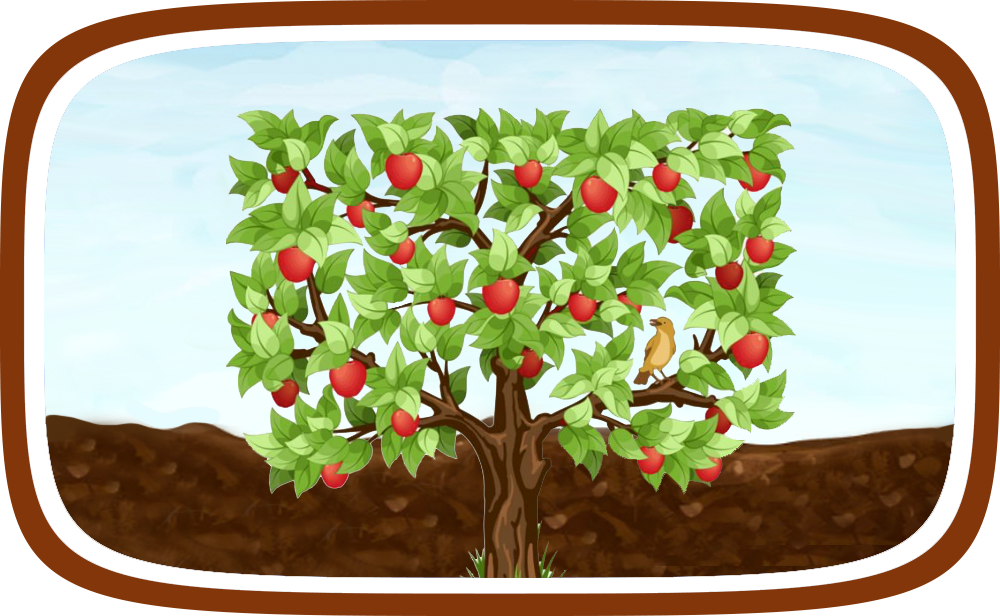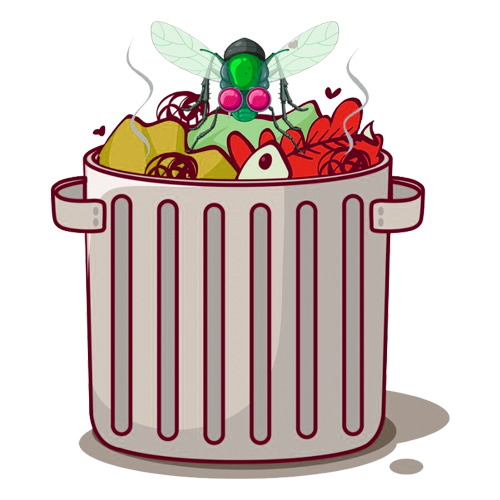
When creating or maintaining a vegetable garden the first thing to remember is that it takes time and patience to build your dream patch.
Things to Know About Growing
This comprehensive guide is designed to provide you with the essential knowledge and insights needed to embark on a successful plant-growing adventure. There are a few basic elements that must be kept in check in order to make your garden a lasting and maintainable success.

The Soil
The first thing you need to ascertain is the soil type. The soil has a huge impact on your ability to effectively grow plants. The best kind of soil is rich and compost-like, full of organic life, microbes and earthworms.
If the soil is not ideal then add organic compost and fertiliser. If working the soil is difficult then consider building raised beds or even use pots.

The Plants
A basic knowledge of the plants that you wish to grow is essential. Each plant has individual characteristics, most plants require the same growing conditions although there are cultural techniques specific to each plant that greatly improve the quality of the crop.
You need to know how and when to plant the plant, what are its requirements as well as common issues you may encounter and how to harvest the plant.

The Pests and Bugs
When you notice a new insect on your plant, take a picture of iy and learn about it. Sometimes scary looking insects are the best thing for your garden. Often these bugs are predators that eat destructive bugs that destroy your garden. Also, learn how to treat the bad insects in a safe way that does not harm the beneficial insects that also live in your garden.
Your garden is a habitat for many creatures both good and bad and when you alter that habitat with chemicals you create imbalances that can disrupt the whole garden karma.

The Gardener
To grow a successful vegetable garden it must be integrated into your daily routine. Take a ten minute walk through the garden before you go to work, it can be both relaxing and beneficial. It will help you determine what needs to be done on a daily basis to keep your garden properly maintained.
Connecting with the process of growing food can foster a deeper connection to your agricultural roots. A healthy soul will find meaning in participating in the cultivation of the land.
Making Organic Compost
This comprehensive guide is designed to provide you with the essential knowledge and insights needed to embark on a successful plant-growing adventure. There are a few basic elements that must be kept in check in order to make your garden a lasting and maintainable success.
Kitchen Bucket
The first thing that you need to do is get a compost bin. You can either make one yourself or purchase one via the internet. Place your bin in the sunniest area of your yard or garden.

Garden Clippings
Search your garden for excess items that can be used in your compost bin. You can use grass clippings, pine needles, wood ashes, food scraps or manure. Place all compost friendly items into your compost bin.

Keeping Compost Fesh
Rotate your bin two or three times each day. You will have fresh, organic fertiliser within approximately twenty one days.

When is it Ready to Use
Open your bin after about three weeks and check your compost. It should look like rich brown soil. If there are still partially decomposed items, you should leave them in the bin for several more days.

Making Organic Pesticides
To make the fertiliser mix, measure out all of the materials by volume with a measuring device. Proportions can vary by ten percent, do not attempt to make this formula by weight.

Mix Uniformly, in Parts by Volume
4 parts seed meal
1/4 part ordinary agricultural lime (best finely ground)
1/4 part gypsum (or double the agricultural lime)
1/2 part dolomitic lime
For Best Results
Add the following:
1 part bone meal, rock phosphate or high-phosphate guano.
Making Organic Pesticides
Unlike synthetic pesticides, organic pesticides are generally considered to be more environmentally friendly and less harmful to non-target organisms, including humans. Proper application, timing, and understanding of the target pests are essential when using any type of pesticide.

Garlic Pesticide
Puree 15 cloves of garlic and add one pint of water in a food processor or blender. Strain the mixture through cheesecloth into a clean spray bottle. Spray the tops and undersides of all leaves. Repeat every few days until pests are gone.

Rubbing Alchahol Pesticide
Mix 1/2 cup of rubbing alcohol with 1 quart of liquid soap directly into a spray bottle. Spray on vegetable plant leaves. Allow to sit for twenty minutes. Spray plants with clear water to minimise foliage damage. Spray every three days for two weeks.

Orange Peel Pesticide
Pour boiling water over orange peels. Allow it to seep for 2 hours. Remove the peels and strain the mixture. Mix in dewdrops of castile soap. Spray on plants as needed.

Horseradish Pesticide
Boil 2 quarts of water. Add 2 cups of cayenne pepper and a one inch piece of horseradish root. Allow the mixture to seep for one hour. Let cool. Strainmixture. Pour into a spray bottle. Spray on plants to eliminate aphids, beetless, caterpillars and whiteflies.

Rhubarb Pesticide
Boil one pound of rhubarb leaves in a few pints of water for 20 minutes. Allow it to cool. Strain into a container. Add a small amount of dish detergent to allow the mixture to adhere to vegetable plants. Spray on plants to kill aphids and spider mites.

Tomato Leaf Pesticide
Soak 2 cups of tomato leaves in water overnight. Strain the mixture add add 1 pint of fresh water and 1/2 a tablespoon of liquid soap. Spray foliage and soil to control asparagus beetles, flea beetles and earworms.

Soap Spray
Soap in a spray bottle or hose attachment is an effective organic pesticide against damaging insects. Organic insecticidal soap or dishwashing soap will have the same effect when sprayed on offending insects.

Liquified Hot Pepper
Chop up a hot pepper and liquifying it in the blender, then spray on the insects to effectively controls pests. Red hot peppers, jalapenos or habaneros work well for this application.

Companion Planting
Plant basil near cabbage, peppers, tomatoes and beans to kill flies and mosquitos. Put borage next to tomatoes for tomato worms. Sage repels carrot flies, slugs, bean beetles and cabbage moths. Place it near beets, broccoli, cabbage and carrots.
Learn More about the Planet
Your content goes here. Edit or remove this text inline or in the module Content settings. You can also style every aspect of this content in the module Design settings and even apply custom CSS to this text in the module Advanced settings.
